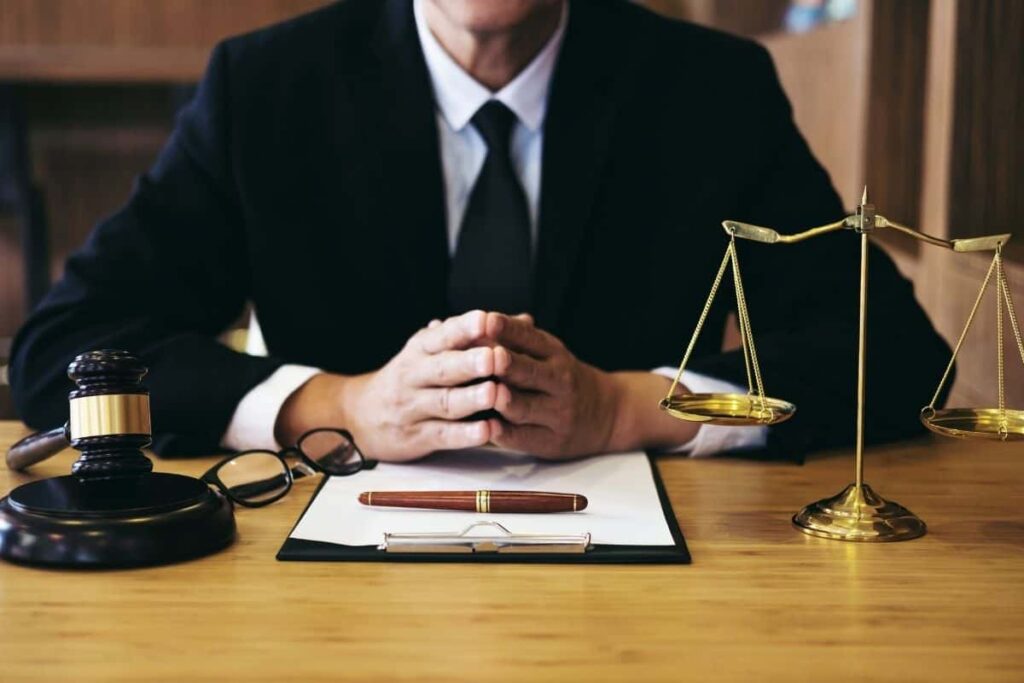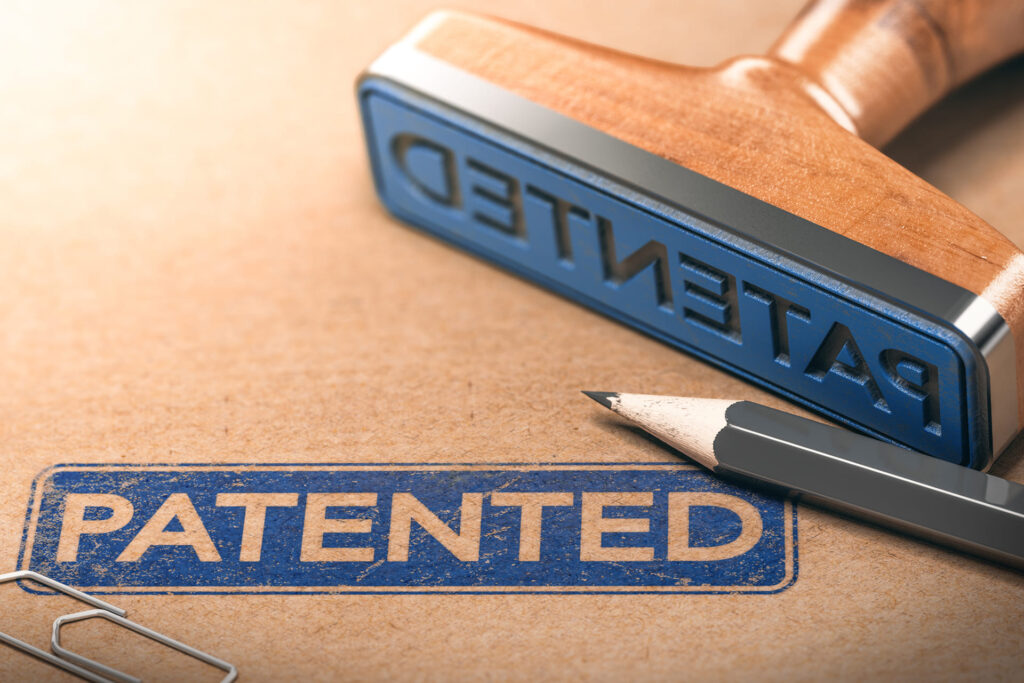First Sale Doctrine
The “first sale doctrine” helps balance the interests of authors against the rights of the public. In short, authors only control the first distribution of any particular copy of his or her work. Once a copy has been distributed to the public, the owner of the copy is able to assert the typical rights of an owner of personal property (subject to limitations on making further copies and public displays). The first sale “exhausts” the author’s rights in the further distribution of that particular copy of the work. Without this limitation, there would be no market for used books or movies or art. History of the First Sale Doctrine The first sale doctrine comes from the English common law tradition of limiting the ability of sellers to restrain the future alienation of property. The Supreme Court first articulated the first sale doctrine in its 1908 decision of Bobbs-Merrill Co. v. Straus, writing: “[O]ne who has sold a copyrighted article, without restriction, has parted with all right to control the sale of it. The purchaser of a book, once sold by authority of the owner of the copyright, may sell it again, although he could not publish a new edition of it.” 210 U.S. 339, 350 (1908). The first sale doctrine as codified in §109(a) of the Copyright Act, reads: Notwithstanding the provisions of §106(3), the owner of a particular copy or phonorecord lawfully made under this title, or any person authorized by such owner, is entitled, without the authority of the copyright owner, to sell or otherwise dispose of the possession of that copy or phonorecord. Under the first sale doctrine, it is lawful, for example, for a person to purchase secondhand copies of copyrighted works, to remove the covers or to bind them in new covers, and to resell them to the public. Fawcett Publ’ns, Inc. v. Elliot Publ’g Co., 46 F. Supp. 717 (S.D.N.Y. 1942). This careful balance between authors and the public may, however, be losing its stability in the digital age. More works are purchased (or licensed) and stored as digital copies. Changes in the first sale doctrine raises interesting questions about the nature of ownership of software and digital goods. First Sale Allows Lending By virtue of the first sale doctrine, U.S. law does not afford the kind of “public lending right” given to the copyright owner in such nations as Great Britain and Germany. U.S. copyright owners can claim no royalty, and can interpose no ban, when third persons—such as public libraries or private lending libraries—lawfully purchase one or two copies of a work and lend them to the public many times, either free or for a price. Section 109(a) negates any such lending right. It is lawful, for example, for a person to purchase secondhand copies of copyrighted works, to remove the covers or to bind them in new covers, and to resell them to the public. Fawcett Publ’ns, Inc. v. Elliot Publ’g Co., 46 F. Supp. 717 (SDNY 1942). First Sale Doctrine Does Not Allow Creation of Infringing Derivative Works The right to dispose of a lawfully purchased copy of a work does not include the right to makes alteration or incorporate such work in a compilation as a derivative work. For example, a court held that when a defendant purchased old copies of National Geographic magazine, tore out articles, and bound them together for sale with articles relating to a common subject matter, it had infringed on the owner’s exclusive right to prepare derivative works. Nat’l Geographic Soc’y v. Classified Geographic, Inc., 27 F. Supp. 655 (D. Mass. 1939). International First Sales Following decades of debate and uncertainty, the Supreme Court has finally held that the first sale doctrine applies to goods manufactured outside of the jurisdiction of the United States and that the Copyright Act cannot be used to prevent importation of gray-market goods. See Kirtsaeng v. John Wiley & Sons, Inc., 133 S.Ct. 1351 (2013). In Kirtsaeng, the Supreme Court addressed the question of whether the clause “lawfully made under this title” in §109(a) of the Copyright Act effectively means “made in geographic area of the United States”. Additionally, the Court upheld the finding that the right of importation provided in §602(a)(1) is subject to the resale and transfer rights provided to owners under the first sale doctrine. See Quality King Distributors, Inc.v.L’anza Research Int’l, Inc., 523 U. S. 135 (1998). The Court reversed the holding of the Second Circuit, finding the “lawfully made under this title” is best interpreted as meaning lawful with respect to being in compliance with Copyright Act and not, as the Second Circuit had held, to mean with the physical boundaries where the Copyright Act applies. The Court found that a non-geographical interpretation of the contested clause was a more straightforward reading of the words, noting that pirated copies of an American work that are printed or manufactured abroad are considered unlawfully made under the Copyright Act. See Id. at 1359-60. The Court also notes that the geographically interpretation could give rise to a list of “horribles”, which could severely limit the ability of Americans to re-sell everyday consumer items and of museums or libraries to display and lend books and art. See Id. at 1364-66. Justice Kagan, concurring, writes that in essence what John Wiley is asking the Court to do is to eviscerate the first sale doctrine so that §106(3) does the hard work of preventing unauthorized importation, which should instead be the job of §602(a)(1). Justice Kagan, in what reads like a legislative guide map for Congress, suggests that issue be taken with the Court’s decision in Quality King and not Kirtsaeng. The prior Supreme Court authority on this matter in Quality King Distributors, Inc. v. L’Anza Research International, Inc., 523 U.S. 135 (1998) confronted the question of whether the first-sale doctrine applies to works manufactured in the United States, but distributed and purchased abroad and then re-imported into the United States. Quality King Distributors, Inc. v. L’Anza Research International, Inc., 523 U.S. 135 (1998). To answer that question, the Court analyzed §602(a)(1)1, which gives the U.S. copyright owner the exclusive right of importation. The central issue was whether the first-sale limitation set
First Sale Doctrine Read More »



